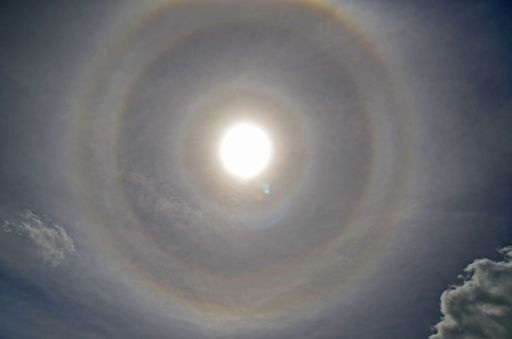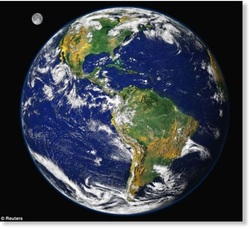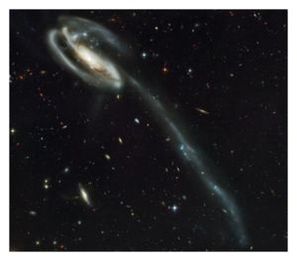Also in New Mexico, Jan Curtis saw a cluster of red sprites just one night later, June 24. "I've always wanted to capture these elusive atmospheric phenomena and last night I was finally successful."
Although sprites have been seen for at least a century, most scientists did not believe they existed until after 1989 when sprites were photographed by cameras onboard the space shuttle. Now "sprite chasers" regularly photograph the upward bolts from their own homes.
Ashcraft explains how he does it: "My method for photographing sprites is fairly simple. First I check for strong thunderstorms within 500 miles using regional radar maps accessible on the Internet. There must be a locally clear sky to image above the distant storm clouds. Then I aim my cameras out over the direction of the thunderstorms (which will be hot red or purple on the radar maps) and shoot continuous DSLR exposures. I usually shoot continuous 2 second exposures but if there is no moon then I will shoot up to 4 second exposures. Then I run through all the photographs and if I am lucky some sprites will be there. It might take hundreds to usually thousands of exposures so be prepared for many shutter clicks. I use a modified near infrared DLSR but any DLSR will capture sprites. Note that it does require persistence and a little bit of luck."
Inhabiting the upper reaches of Earth's atmosphere alongside meteors, noctilucent clouds and some auroras, sprites are a true space weather phenomenon. Now is a good time to see them. www.spaceweather.com












 RSS Feed
RSS Feed